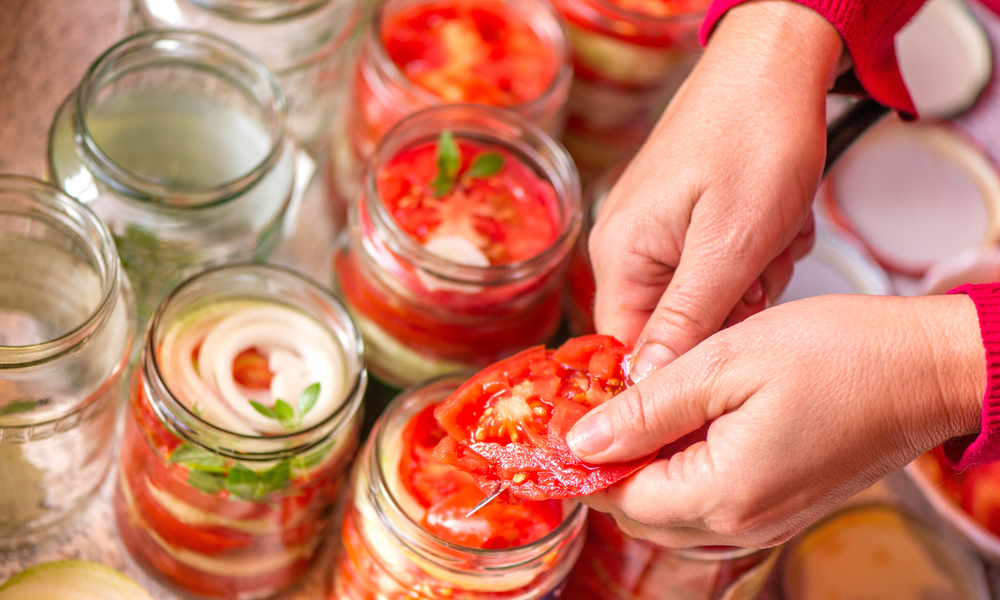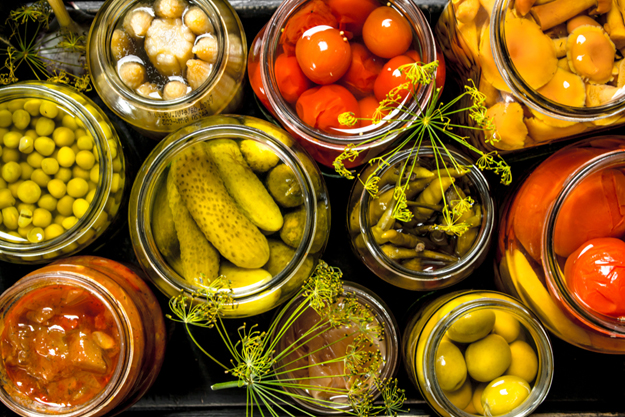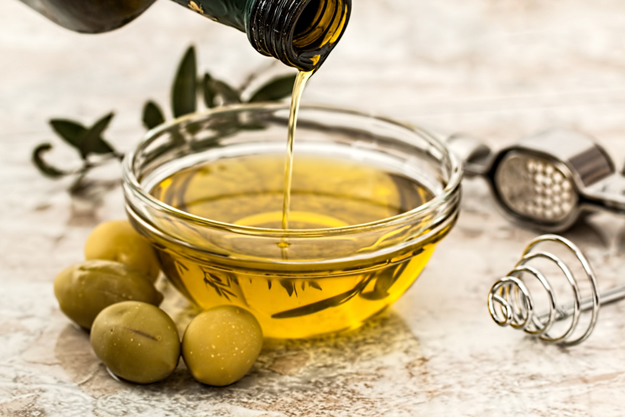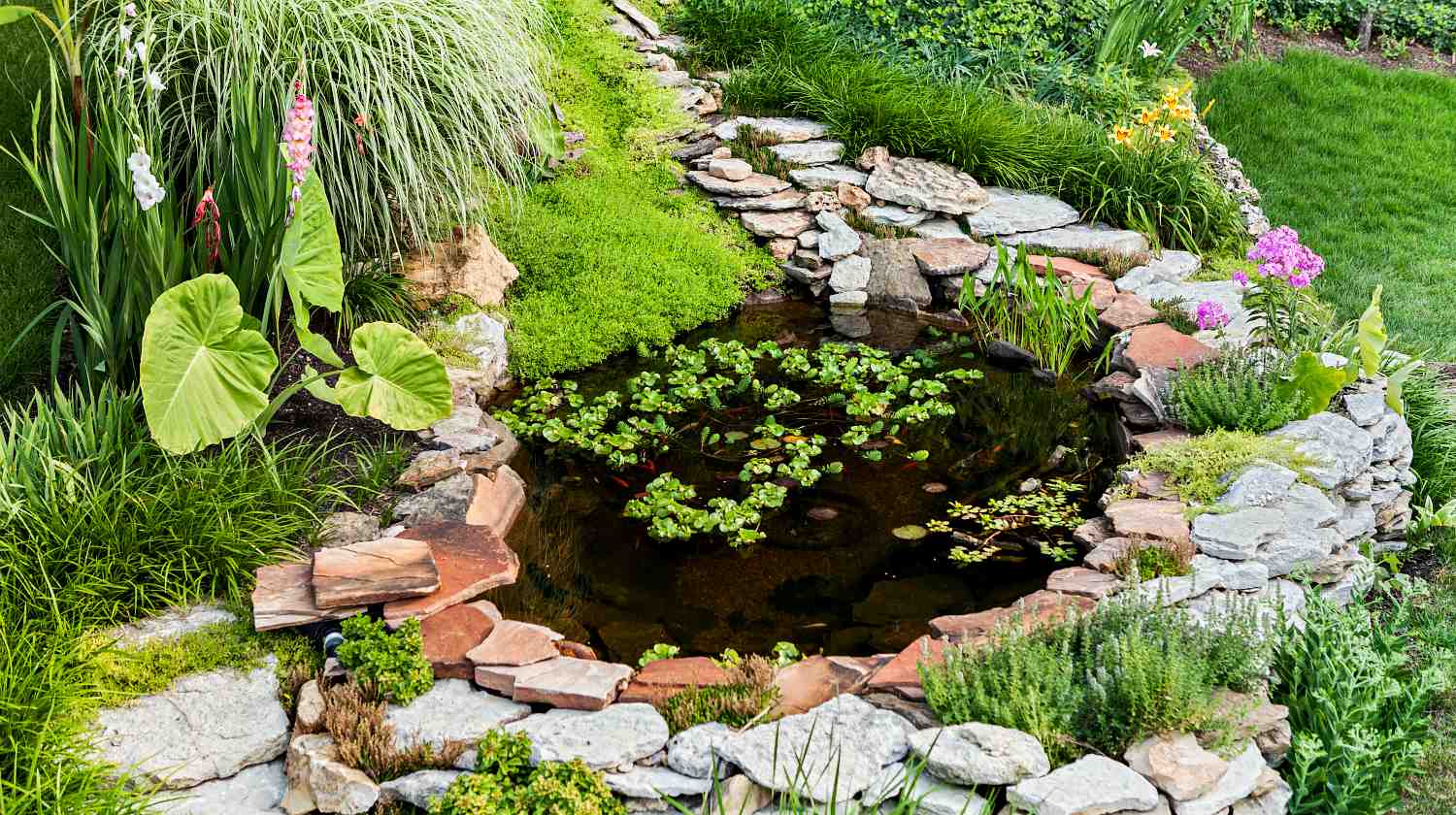Food Preservation
How To Use Traditional Food Preservation Methods

Why buy preserved foods when you can just make them on your own? Learn more about traditional food preservation methods below!
6 DIY Food Preservation Methods to Try
In today’s day and age, “food storage” refers to your pantry, refrigerator, and freezer. It’s a very comfortable life that allows us to purchase canned, dried, frozen, and shelf-stable ready-to-eat goods. But what if that all went away?
The panic buying resulting from the coronavirus pandemic has given us a glimpse into if store shelves were ever unable to be restocked. Preppers ready and educate themselves for much more severe conditions, including a total breakdown of society.
It’s hard for the average person in America to imagine a world without electricity, clean running water, trucks delivering to our local supermarkets daily, and easy access to fuel and other commodities.
Most households would be almost immediately overwhelmed at the prospect of taking care of themselves with no outside help.
But the truth is that humans have navigated how to survive in all types of conditions, for thousands of years. It is only in our most recent history that we have come to rely so heavily on infrastructure and not ourselves.
Now is a great time to learn about food preservation techniques that have proved successful, in the case that you might ever need them. Here are some of the most simple and accessible methods for food preservation:
1. Dehydration
View this post on Instagram
An electric dehydrator is a great tool if you have electricity available, but sun-drying food without electricity is extremely simple, as well. All you need is a screen, sunshine, and a breeze.
You can dehydrate meats, fruits, and vegetables. The food needs to be cut very thin (less than ¼” thick), and scoring the food will help speed up the process.
Lay the food out on the screen and in direct sunlight. The breeze will help keep flies away; keep the screen high enough that animals cannot reach it. In several days, your food will be dried and can be stored!
2. Pickling

You can pickle nearly any vegetable by putting it in vinegar. You can boil the vinegar to help with flavor, but be sure to let it cool again before adding the vegetables, to preserve their crunch.
Pickling extends the life of vegetables by up to 3 times.
3. Olive Oil

Storing foods in olive oil can make them shelf-stable for up to a year! Used by Mediterranean people for centuries, olive oil preservation is perfect for any foods you would usually cook in the oil – meats, vegetables, fish, and herbs.
If you are planning to store foods at room temperature, prepare them with boiling vinegar or salted water first.
Glass storage containers are recommended, and the food should be fully submerged in the olive oil. As always, do not eat from leaky containers or those with bulging lids.
4. Eggs in Mineral Oil
Eggs have been one of the hardest foods to track down recently, and as a result, more people are buying chickens to ensure their personal supply. If you have access to fresh-laid eggs, you can successfully preserve them for up to a year with mineral oil.
The key is to not wash the eggs until you are ready to use them. Brush the dirt off the eggs and thoroughly and completely coat the eggshells with mineral oil. Store the eggs in an egg container on your counter.
Once a week for the first month, flip the eggs over. After a month, move the eggs to a cool, dry place until you need them.
When you are ready to use the eggs, put them in a bowl of cold water. Those that sink are good to eat; throw the rest away. Wash and cook them as you like.
5. Root Cellar Storage
Root vegetables like potatoes and carrots can be successfully stored in cool, dark places like basements or cellars. Storing them in paper or burlap bags helps with ventilation to limit spoiling.
Temperatures between 45-50° F are perfect, but you’ll first want to cure them by laying them out (not in direct sunlight) for 2-4 weeks.
6. Canning
Purchasing a pressure-canner and a supply of Mason jars, lids, rings, and jar tongs can help with food preservation of a bountiful harvest. Fruits, vegetables, meats, and even fish can be canned at home and stored for several years.
Jams and jellies are a real treat after eating simple, preserved food for a long time. Canning vegetables can also be done in boiling water but can take years to perfect your method.
One of the most important things to look out for are bulging lids, which indicate a strong seal has not been achieved. It is not safe to eat from cans with bulging lids.
Try Other Methods, Too
There are other traditional methods of preserving food, including smoking and salting meats, beeswax wraps, and preserving meat in lard.
We highly recommend researching and experimenting with multiple approaches. Take notes and perfect your techniques; self-sufficiency is something to be proud of.
What's your favorite food preservation method and why? Feel free to share it with us in the comments section!
Up Next:
-

 Paracord Projects1 year ago
Paracord Projects1 year agoParacord Projects | 36 Cool Paracord Ideas For Your Paracord Survival Projects
-

 Paracord Projects1 year ago
Paracord Projects1 year agoHow To Make Paracord Survival Bracelets | DIY Survival Prepping
-

 Medical Care1 year ago
Medical Care1 year ago21 Home Remedies For Toothache Pain Relief
-

 Knife Laws1 year ago
Knife Laws1 year agoAre Switchblades Legal? Knife Laws By State
-

 Do It Yourself1 year ago
Do It Yourself1 year agoSurvival DIY: How To Melt Aluminum Cans For Casting













Pingback: How To Dry Meats, Fruits & Vegetables In A Car - Les Recettes Savoureuses